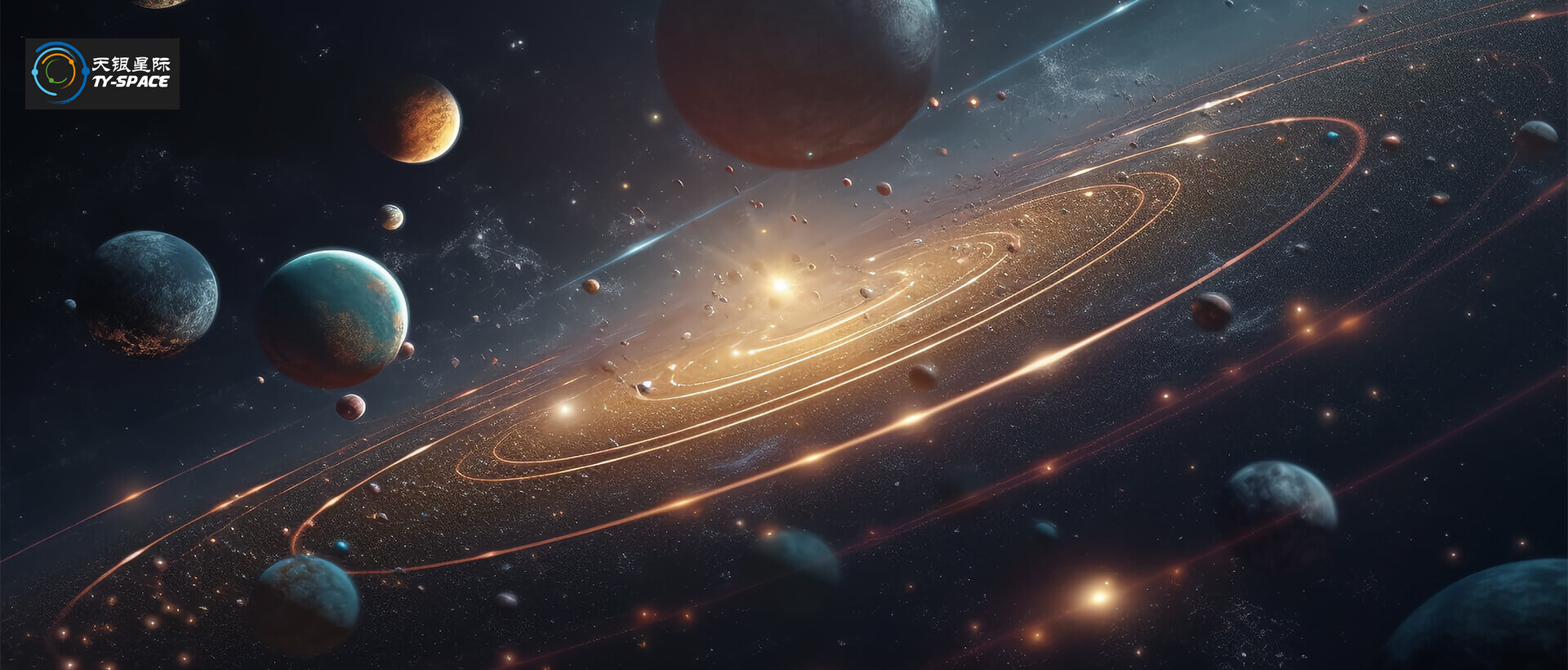
Optical system is the core component of autonomous navigation star sensor to realize the collection of bstar light and high-precision attitude measurement. In this paper, the optical system of high precision star sensor was taken as the research object, the influence mechanism of the accuracy of optical system for detecting different color temperature stars were studied and analyzed. It is difficult to suppress the centroid drift caused by the changes of star color temperature and ambient temperature through later calibration, which needs to be controlled under the stage of optical design. The calculation model and allocation method of optical system design wavelength weight were established, and the performance evaluation was carried out. In addition to the conventional energy concentration, distortion and asymmetric aberrations, the centroid drift of star color temperature and ambient temperature change were proposed as the main index of accuracy evaluation. According to the application requirements, a long focal star sensor optical system based on space satellite platform was designed, with the focal length of 95 mm, the relative aperture of f 2.4, the field view of 8°× 8°, the spectrum range of 450-1 000 nm, and the energy concentration of more than 85% in 3×3 pixels. Based on the regular glass materials, the lateral color aberration of the optical system was corrected under ultra-wide spectral range and long focal. The lateral color aberration of the full field was less than 0.9 μm; The results of accuracy analysis show that the accuracy of centroid position is less than 0.36 μm in the range of 2 600-9800 K, and the change of focal length is less than 2.7 μm in the range of 0-40℃, and the accuracy of centroid position caused by temperature is less than 0.45 μm.
In response to the demand for high-precision optical systems in autonomous navigation star sensors for space satellites, a long focal length, non thermal, wide spectral range star sensor optical system is designed in this paper, which achieves advantages such as long focal length, medium field of view, wide imaging spectral range, low distortion, and near far center optical path. The lens focal length is 95 mm, and the field angle is 8 ° × 8 °, relative aperture F/2.4, imaging spectral range covering 450-1000 nm, distortion better than 0.00325%. In terms of research methods, the mechanism of changes in optical system measurement accuracy caused by stellar color temperature and temperature changes was studied, and a design wavelength weight allocation model based on stellar color temperature and detector spectral response ability was established; Identify and propose the use of stellar color temperature change centroid drift and temperature change centroid drift to evaluate the accuracy design results of the star sensor optical system. This is an error that is difficult to eliminate through calibration technology in the later stage of the star sensor system. In terms of optical system design, a pre aperture optical system structure is adopted, and multiple sets of conventional glass combinations are selected to correct axial chromatic aberration and magnification chromatic aberration in the long focal length and ultra wide spectral range, achieving an increase in detection spectral width from 300 nm to 550 nm, with a full field magnification chromatic aberration not exceeding 0.9 μ m. This reduces the volume and weight of the optical system, which is beneficial for the miniaturization of star sensors. The design and development results of the lens indicate that the full field centroid drift of the optical system within the equivalent blackbody temperature range of 2600-9800 K color temperature stars does not exceed 0.36 μ m. The drift of the center of mass in the full field of view within the range of 0~40 ℃ shall not exceed 0.45 μ m. The lens imaging quality is good, meeting the application requirements of high-precision star sensors for aerospace satellites.
Send us a message,we will answer your email shortly!